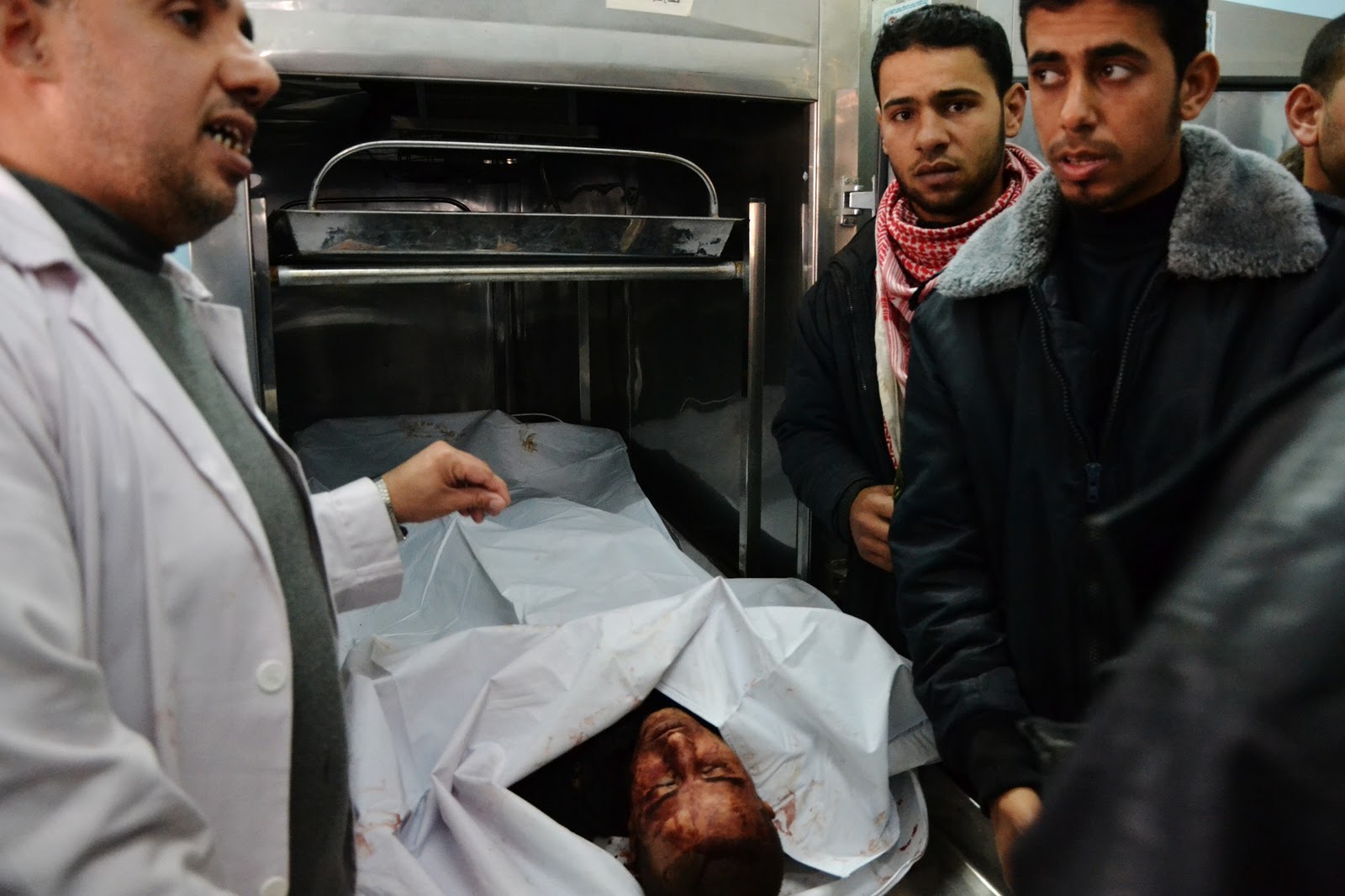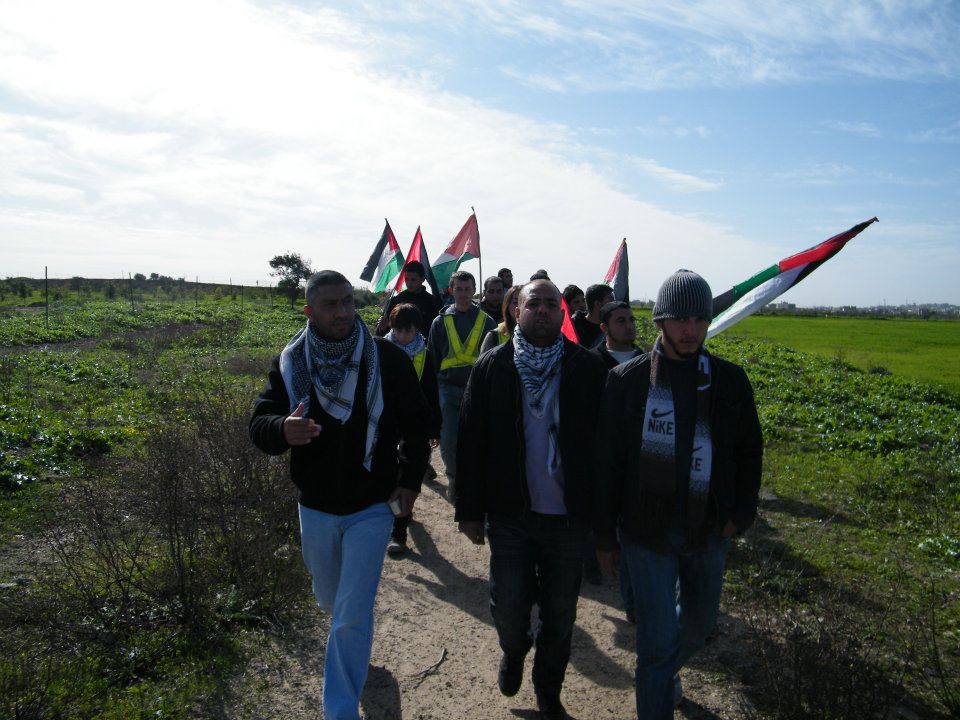Tag: Buffer Zone
-
2 youth dead in attack on Beit Hanoun, northern Gaza Strip
by Rosa Schiano 22 January 2012 | il Blog di Oliva Israeli Apaches and land forces shelled an area east of Beit Hanoun, in the northern Gaza Strip, on Wednesday morning, January 18 2012. Two young men were killed and another was injured. As we hurried to the scene we met an ambulance driving at high…
-
Further into the No Go Zone
by Nathan Stuckey 19 January 2012 Every Tuesday we gather next to the half destroyed Beit Hanoun Agricultural College. At eleven o’clock, we set out into the no go zone. This week there were about thirty of us, members of the Beit Hanoun Local Initiative, the International Solidarity Movement, and other activists from Gaza. At…
-
Resistance continues, demonstration in the No Go Zone
by Nathan Stuckey 11 January 2012 | International Solidarity Movement, Gaza Every Tuesday we gather in front of the Beit Hanoun Agricultural College, members of the Beit Hanoun Local Initiative, the International Solidarity Movement and other activists from all over Gaza. We gather, and we march into the no go zone. Sometimes we are shot…



